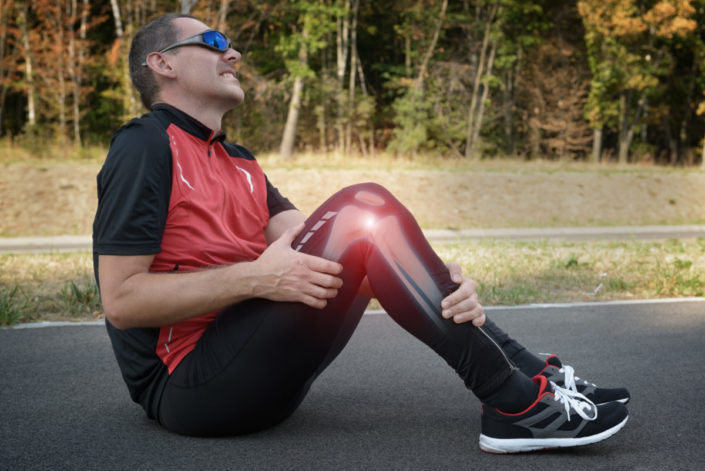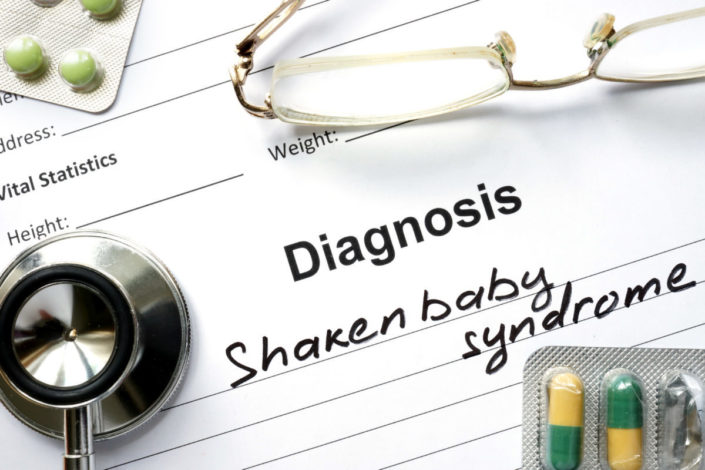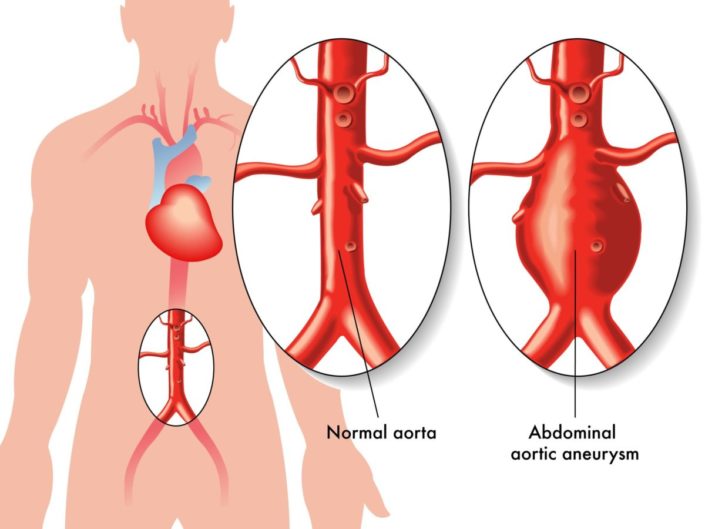ACL Injuries
What is an ACL injury?
ACL refers to the anterior cruciate ligament. It is 1 of 4 ligaments in your knee. The other knee ligaments are PCL (posterior cruciate ligament), MCL (medial collateral ligament), and LCL (lateral collateral ligament). The ACL is located behind the kneecap (patella). It stabilizes the knee when it rotates. The ACL and PCL connect your thigh bone (femur) to your shin bone (tibia).
A torn ACL is a common knee injury. On average, women are 2 to 8 times more at risk of ACL injuries than men. Teenagers also are getting ACL injuries at an increased rate. More kids are involved in organized sports. The increase in ACL injuries is also due to awareness and advanced testing.
Symptoms of an ACL injury
The primary sign of an ACL injury is a popping noise. This is often combined with pain and swelling. You could experience grinding feelings of your bones or kneecap. Another sign is not being able to put weight on your leg.
What causes an ACL injury?
ACL injuries often occur in sports or active environments. They usually occur without contact rather than with direct contact. Several things can cause the injury, such as:
If you are moving and quickly stop or change directions.
If you are still and make a sudden movement, like a jump or turn.
If you overstretch your knee joint.
If someone hits you in the knee, causing it to move away from the rest of your leg.
This can happen while doing things like skiing, playing soccer or football, and jumping on a trampoline.
When you injure your ACL, it can be a partial or full tear. Other injuries can occur at the same time. These include other torn knee ligaments (primarily the MCL, the ligament that gives your knee stability), a torn meniscus (knee cushion), or bone bruises.
How is an ACL injury diagnosed?
If you think you’ve injured your ACL, seek medical attention. Your doctor will perform a knee exam to check range of motion and extent of injury. An MRI (magnetic resonance imaging) could confirm the injury.
Can ACL injuries be prevented or avoided?
The leading way to prevent injuries such as an ACL tear is to follow a certain training routine. Prevent Injury, Enhance Performance (PEP) programs have become more common for this purpose. They combine stretching, strengthening, and agility exercises that focus on knee stabilization. Organizations like U.S. Soccer have seen positive results and fewer injuries with PEP. The Santa Monica Sports Medicine Foundation (SMSMF) created this program.
There is no clear evidence that use of a knee brace prevents ACL injuries. There also is no proof that a knee brace helps more in treatment or physical therapy.
ACL injury treatment
Your doctor will weigh several factors to decide on a treatment plan. These include severity of the injury, age, physical condition, medical history, and other injuries or illnesses.
People who are young, active, and healthy typically get surgery. Your primary care doctor will refer you to an orthopedic surgeon. In surgery, they will repair, or reconstruct, the ACL with tissue. This can come from your hamstring or a minor patellar (knee) tendon. They also can get it from a donor. Surgery should be performed shortly after the injury, within 5 months, for best results. After surgery, you will need intense physical therapy to rebuild strength in your knee and leg.
Another treatment option for people who are aren’t as active or healthy is therapy. This is less intense and invasive. Therapy programs can range anywhere from 10-32 weeks. The goal is to increase movement and strength, and allow the ligament to heal naturally.
Living with an ACL injury
Recovering from an ACL injury can be difficult. This is especially true if the injury happened during a daily or regular activity. Keep in mind, your doctor’s goal is to restore your ACL, so treatment is important.
There is some evidence that people who have ACL injuries will develop osteoarthritis or degenerative arthritis over time. This outcome is similar regardless of how the injury is treated.
Questions to ask your doctor
Why are women and girls more at risk of ACL injuries?
How long after surgery or therapy until I can play sports or be active again?
Can I re-injure my ACL? If so, how can I prevent re-injury?
Resources
American Academy of Orthopaedic Surgeons, Management of ACL Injuries: Clinical Practice Guideline
Santa Monica Sports Medicine Foundation, PEP Program



